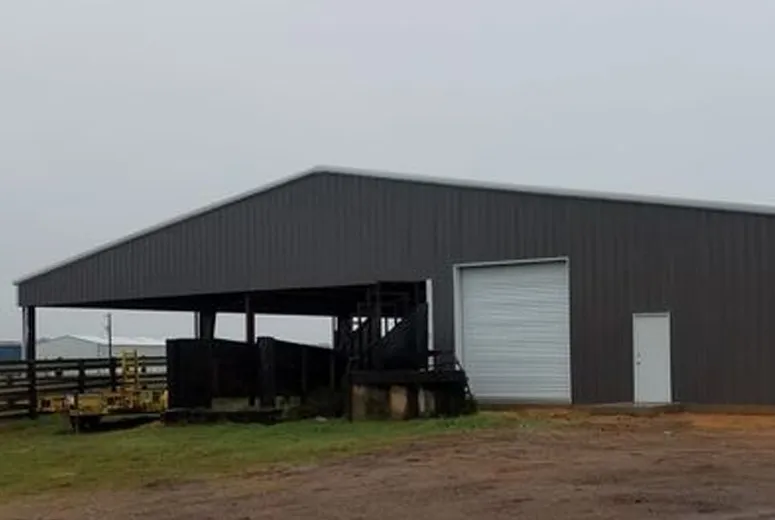- Afrikaans
- Albanian
- Amharic
- Arabic
- Armenian
- Azerbaijani
- Basque
- Belarusian
- Bengali
- Bosnian
- Bulgarian
- Catalan
- Cebuano
- Corsican
- Croatian
- Czech
- Danish
- Dutch
- English
- Esperanto
- Estonian
- Finnish
- French
- Frisian
- Galician
- Georgian
- German
- Greek
- Gujarati
- Haitian Creole
- hausa
- hawaiian
- Hebrew
- Hindi
- Miao
- Hungarian
- Icelandic
- igbo
- Indonesian
- irish
- Italian
- Japanese
- Javanese
- Kannada
- kazakh
- Khmer
- Rwandese
- Korean
- Kurdish
- Kyrgyz
- Lao
- Latin
- Latvian
- Lithuanian
- Luxembourgish
- Macedonian
- Malgashi
- Malay
- Malayalam
- Maltese
- Maori
- Marathi
- Mongolian
- Myanmar
- Nepali
- Norwegian
- Norwegian
- Occitan
- Pashto
- Persian
- Polish
- Portuguese
- Punjabi
- Romanian
- Russian
- Samoan
- Scottish Gaelic
- Serbian
- Sesotho
- Shona
- Sindhi
- Sinhala
- Slovak
- Slovenian
- Somali
- Spanish
- Sundanese
- Swahili
- Swedish
- Tagalog
- Tajik
- Tamil
- Tatar
- Telugu
- Thai
- Turkish
- Turkmen
- Ukrainian
- Urdu
- Uighur
- Uzbek
- Vietnamese
- Welsh
- Bantu
- Yiddish
- Yoruba
- Zulu
dets. . 24, 2024 01:46 Back to list
The Rise of Architectural Steel Buildings A Blend of Functionality and Aesthetics
In the modern landscape of construction and architecture, steel has emerged as a material of choice, especially for the creation of iconic buildings and structures. The use of architectural steel has transformed not only the way buildings are designed but also how they are perceived in terms of aesthetics, sustainability, and functionality. This article explores the significance of architectural steel buildings, examining their benefits, design possibilities, and the future they promise.
The Advantages of Steel as a Building Material
One of the primary reasons for the popularity of steel in architectural design is its strength-to-weight ratio. Steel is incredibly strong yet lightweight compared to traditional materials like concrete or brick. This property allows architects and engineers to create larger spans and more open spaces within buildings, unfettered by the need for excessive support columns. This design flexibility paves the way for innovative layouts and unique architectural features that define contemporary structures.
Another significant advantage is steel's durability. Steel buildings can withstand harsh weather conditions, including high winds, earthquakes, and severe storms. With proper treatment and protective coatings, steel also offers excellent resistance to corrosion, making it suitable for various climates. As a result, architectural steel buildings often have longer lifespans, contributing to sustainability in the construction industry.
Aesthetic Versatility
Architectural steel is not just about strength and durability; it also offers a range of aesthetic possibilities. The material can be finished in numerous ways, allowing architects to achieve diverse visual effects that cater to different design philosophies. From sleek and modern skyscrapers to intricate, artistic structures, steel can be manipulated through various techniques such as welding, cutting, and painting to create stunning façades.
Additionally, steel can be combined with other materials, including glass and wood, to produce harmonious designs that blend functionality with artistic expression. The prominence of glass in contemporary architecture, often utilized alongside steel frameworks, enables natural light to flood interiors while providing panoramic views of the surroundings. This fusion of materials enhances both the external appearance and the internal environment of the buildings.
architectural steel buildings

Sustainability and Efficiency
As society increasingly prioritizes sustainability, architectural steel buildings are proving to be a responsible choice. Steel is recyclable, and a significant portion of the steel produced today comes from recycled materials. This characteristic not only reduces the environmental impact but also lessens the demand for raw materials. Furthermore, the energy efficiency of steel structures can be optimized through advanced insulation techniques and energy-efficient systems, leading to lower operational costs and reduced carbon footprints.
The speed of construction is another compelling benefit of using steel. Steel components can be fabricated off-site, allowing for simultaneous site preparation. This not only accelerates the construction timeline but also minimizes disruptions and waste on-site. Ultimately, this efficiency in construction translates to cost savings and quicker project turnarounds.
The Future of Architectural Steel Buildings
As technology continues to evolve, the future of architectural steel buildings appears bright. Innovations such as modular construction and advancements in steel production processes are set to redefine the possibilities within architectural design. Smart building technologies, integrated with steel structures, offer opportunities for enhanced functionality, including automation and improved energy management systems.
Moreover, with the world experiencing rapid urbanization and growth, the demand for efficient, sustainable buildings will only increase. Architectural steel is expected to play a crucial role in meeting this demand, as cities look toward more resilient and adaptable infrastructure.
Conclusion
In conclusion, architectural steel buildings exemplify a confluence of strength, aesthetics, and sustainability. The versatility of steel as a building material allows for innovative designs that not only meet the demands of modern architecture but also contribute positively to the environment. As we move forward, the continued integration of technology and sustainability in the steel construction sector will undoubtedly pave the way for a new era of architecture that embraces the challenges and opportunities of the future. The architectural steel building is not just a structure; it is a symbol of progress, resilience, and a vision for a sustainable world.
-
Cold Formed Steel Residential Framing
NewsMay.21,2025
-
Innovative Steel Structure Building Solutions
NewsMay.19,2025
-
Innovative Prefab Metal Shed Solutions
NewsMay.19,2025
-
Durable Steel Horse Shelter Solutions
NewsMay.19,2025
-
Durable Metal Shed Solutions
NewsMay.19,2025
-
Durable Big Metal Shed Solutions
NewsMay.19,2025
Products categories
Our Latest News
We have a professional design team and an excellent production and construction team.












